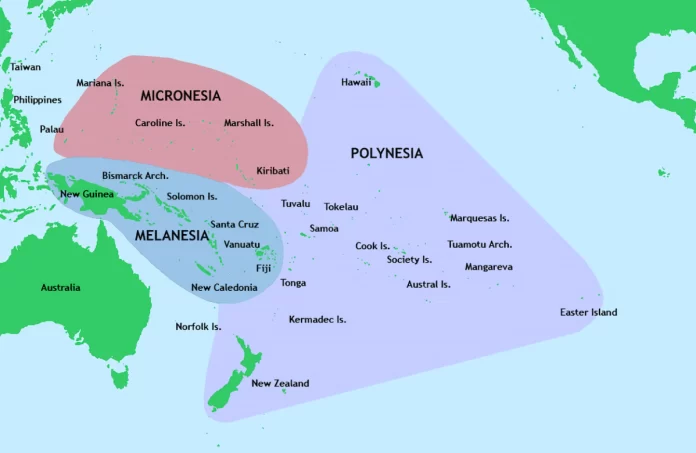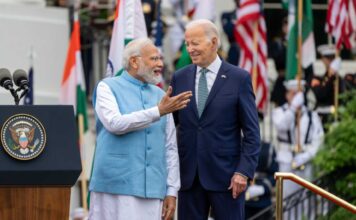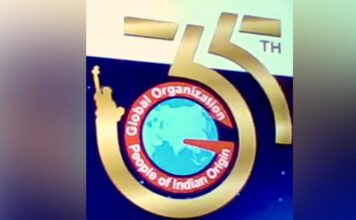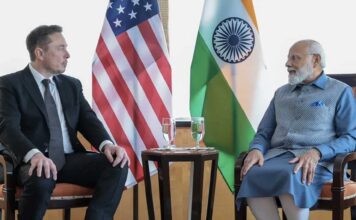Regional crises must be coordinated and resolved from within the Pacific family, says Biketawa Declaration
By Neeraj Singh Manhas & Shalini Singh
China’s Foreign Minister Wang Yi visited Pacific Island countries (PICs) namely the Solomon Islands, Kiribati, Samoa, Fiji, Tonga, Vanuatu, Timor-Leste, and Papua New Guinea in May-June earlier this year. The aim of these visits was simple: to enhance the strategic bilateral cooperation with the countries by initiating a new and mutually beneficial relationship through the “China-Pacific Island Countries Common Development Vision,” a sweeping multilateral development and security agreement that would permanently enmesh Beijing in the region.
China has repeatedly stated that since the formation of formal ties in the 1970s, it has been positively engaged in exchange and assistance in more than 15 areas, including environment-related cooperation, tourism, culture, disaster relief, medical supplies, and many more. The most notable collaboration witnessed recently was during the COVID pandemic when China sent 600 medical staff to PICs. China also provided PICs with nearly 6 lacs vaccine doses and more than 100 tons of pandemic relief materials.
China claims that it has always enjoyed friendly relations with PICs. However, after establishing diplomatic ties, there wasn’t an active exchange between the parties except in tourism, agriculture, etc. A low level of cooperation can be witnessed, along with no high-level visit by any parties. However, post-2014 has seen a rise in the exchange level between the nations with active high-level exchanges.
China has extended support in infrastructure development, including hospitals, roadways, etc. Climate change has also emerged as a significant industry of cooperation. China has signed BRI MoU with Cook Islands and Niue for the construction of a port on Penrhyn Island and a highway around Niue while also restructuring other docks and ports.
China also paid hugely for receiving fishing licenses for the self-consumption of blue and yellowfin tuna to Rarotonga. It is also involved in building a beachside hotel in Fiji. Tonga, Vanuatu, and Samoa welcome China’s financial aid, grant, and project with open hands. All this cooperation resulted from revamped relations between China and PICs in Xi Jinping’s era.
But China also faces strong headwinds in the Pacific because of its fraught relationship with Taiwan. Taipei maintains 14 official diplomatic partnerships worldwide, four of which are PIF members: Marshall Islands, Nauru, Palau, and Tuvalu. Beijing has bristled at Taiwan’s continued presence in Oceania and its inability to stamp it out. The matter came to a head in October 2020 when Chinese officials allegedly gate-crashed a Taiwan National Day celebration in Fiji and assaulted a Taiwanese official over the party’s cake, which was emblazoned with the Taiwanese flag.
Dragon versus Eagle in Pacific
Besides BRI, China also aims to counter and replace the US as a formidable regional partner. China is eager to increase its presence in the region and appear as a vital partner since US activities in the region have been dormant after it withdrew from TPP. This partnership will also benefit China economically, giving access to vast ocean resources, shipping lanes, and opportunities to establish new supply chains. According to Chinese media- Xi assured that “China will always be a good friend, brother, and partner of Pacific Island countries, sharing common goals and standing together with them despite changes in the international landscape.”
China had to withdraw its proposal of building a naval base due to the lack of support from the PICs side after the Solomon Islands-China security pact that alarmed regional actors, mainly the US and Australia, regarding the development of a naval base which included “ship visits for the logistical provision and replacement. The agreement allegedly also included agreeing to visit by China’s armed forces for the safety of Chinese personnel/ workers on the projects going on to prevent any mishap.
Alarmed by China’s increasing presence in the region, the US, in July, declared a series of initiatives to strengthen its relations with the PICs in July. The US committed over 7 areas- 4 of them were aid programs, and two included expansions of diplomatic presence in the region and inclusion of Pacific Islands in the grand Indo-Pacific strategy of the US to make this region more inclusive and invite participation by the majority of the members present.













